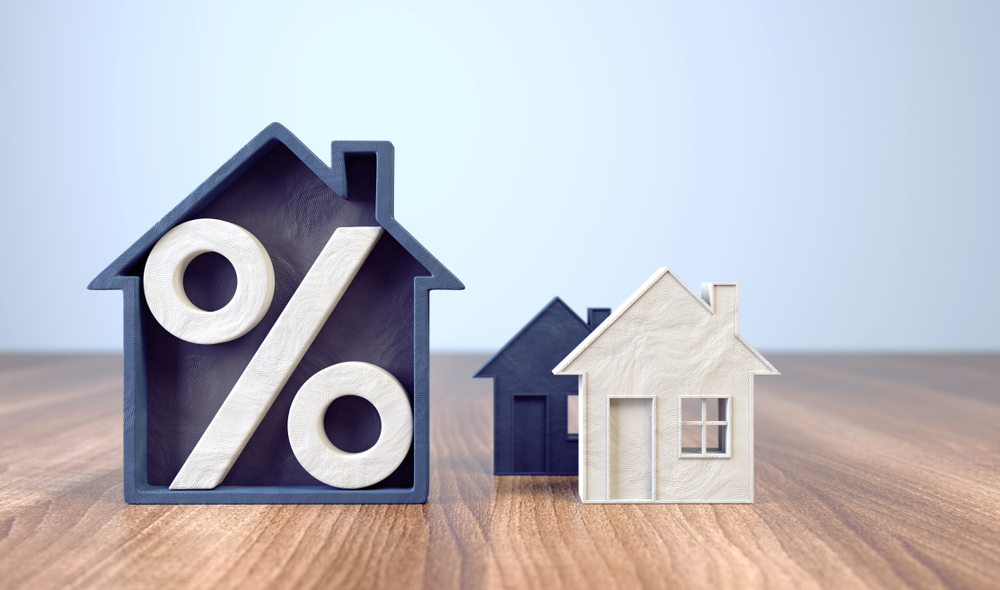Higher for longer.
Those three words have had markets crouching in fear for the last two months.
But maybe, just maybe, those words aren’t as scary as investors think.
But first, what do they even mean?
Well, they describe the new consensus among investors that the Federal Reserve plans to keep its target interest rate at or above its current level – between 5.25% and 5.5% – for the foreseeable future.
And that’s exactly what the Fed thinks too.
Below, I’ve included the dot plot from the Fed’s most recent Summary of Economic Projections. It shows where the seven Federal Reserve Board members and 12 Fed bank presidents believe the federal funds rate will be going forward.

While that chart may look pretty boring to you, markets find it terrifying.
You can see in the first column that seven of the Fed officials see the target rate staying the same for the remainder of 2023 and 12 see it going up another quarter of a percentage point.
And most of these officials see the rate staying at or above 5% through 2024 (see the dots circled in red above).
This is all new. Up until recently, markets believed the Fed would be cutting that rate significantly next year and taking rates back down to the low levels we’d all enjoyed for over a decade.
No More Easy Money
The bottom line here – and it’s one the market is struggling to digest – is that the era of super-low interest rates is not coming back anytime soon.
That is, the era of easy money is over.
You can see the results of that difficult digestion in the surprising movement of interest rates, most importantly the 10-year Treasury yield. That rate spiked to 4.8% in recent months, its highest level since 2007 (though the Hamas attack on Israel sent investors flocking to Treasurys this week, pushing yields back down a bit).
When yields spike like that, it becomes more expensive for companies and people to borrow and depresses economic growth and corporate earnings. It also raises the risk of another financial blowup like the regional bank crisis we saw earlier this year.
And with yields that high, bonds will provide competition for equities as investors abandon risk assets and flock to risk-free securities that pay close to 5%.
For all of those reasons, higher rates are not generally conducive to bull markets.
But maybe this time is a bit different…
Housing Blues
First of all, many businesses don’t find themselves having to roll their current debt over into new debt with a higher interest rate. About half of all debt held by S&P 500 companies won’t mature until after 2030, according to Bloomberg.
That should mitigate the impact of higher rates on businesses because, essentially, they’ve locked in low rates for years.
As for consumers, the fear is that their biggest monthly expense – their mortgage payment – will soar due to rising mortgage rates. And indeed, the rate on a new 30-year mortgage has risen to about 7.5%, its highest level since 2000.
In fact, the housing industry is usually the main conduit through which interest rate policies impact the economy. That’s because mortgage rates are so important to the industry, which accounts for almost a fifth of the economy, encompassing everything from homebuilders and agents to hardware and furniture stores.
And yes, many potential homebuyers are being deterred by those high rates.
But most existing mortgages have fixed rates that won’t change, no matter what the Fed does. According to Bloomberg, the effective rate existing homeowners are paying on their loans is just 3.6%, which is near a historical low.
Finally, households are still swimming in cash. The Fed tracks consumer levels of cash and deposits, and as you can see here, while that level has been coming down since mid-2022, it is still very high by historical standards…
Meaning consumers haven’t yet spent all that stimulus money they received during the pandemic.
And with higher interest rates across the board, Americans are earning more on their excess savings. Today banks are paying higher interest rates on traditional savings products like savings accounts, money market funds and certificates of deposit.
For example, a two-year CD is paying near 5% today, up from less than 1.2% a year ago.
In fact, savers were punished during the recent era of ultra-low interest rates. By contrast, today they’re seeing higher returns on their savings, and that’s offsetting some of the pain created by higher borrowing rates.
Bottom line: Interest rates that remain higher for longer will certainly have an impact on the economy and the stock market. But there are several factors unique to this economy – businesses and homeowners enjoying the benefits of fixed rates and consumers having a high level of excess savings, for instance – that are dulling the pain.
That should give wary markets and investors a bit of comfort.
